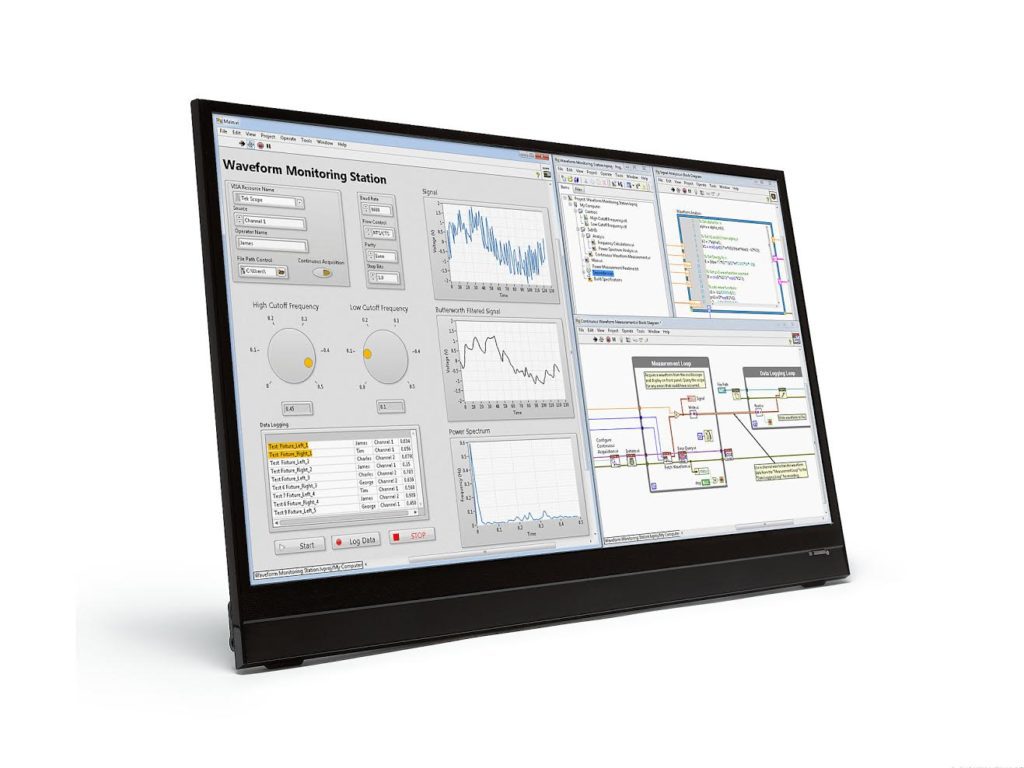Latest version of LabVIEW features 500+ new supported instruments, 5 new 64-bit add-ons, supports improved Python integration.
National Instruments (NI), announced the LabVIEW 2016 system design software, empowering engineers to simplify development and effectively integrate software from the ecosystem into their systems. The latest version of LabVIEW introduces new channel wires to simplify complex communication between parallel sections of code. Available on both desktop and real-time versions of LabVIEW, the channel wire method helps improve code readability and reduces development time. 
“The new channel wires in LabVIEW 2016 enable us to develop applications even faster by making architectures that are more transferable across domains,” said Christopher Relf, chief engineer at VI Engineering. “With channel wires, we can set up sophisticated software architectural patterns that natively have multiple sources, without having to create and maintain considerable amounts of custom software in the background.”
Much of the success that LabVIEW users have had relies on the openness of both the product itself and the ecosystem that supports it. LabVIEW 2016 continues this trend with enhanced interoperability with Python and third-party devices. This openness, combined with several new enhancements, helps users continue to improve productivity by streamlining code development and deployment. With the latest version of LabVIEW, users can:
- Simplify development with new channel wires that reduce complex asynchronous communication to a single wire.
- Take advantage of more RAM and memory with new 64-bit add-on support for the LabVIEW Control Design and Simulation Module, LabVIEW MathScript Real-Time Module, LabVIEW Unit Test Framework Toolkit, LabVIEW Desktop Execution Trace Toolkit and LabVIEW VI Analyzer Toolkit.
- Streamline the automation of benchtop measurements with the Instrument Driver Network, which supports 500 new devices in addition to the existing 10,000 supported instruments.
- Integrate Python IP using the new Python Integration Toolkit for LabVIEW, which is a simple API from Enthought, Inc. (available in the LabVIEW Tools Network) that can integrate Python scripts into LabVIEW applications
LabVIEW 2016 is fully compatible with the latest NI hardware technologies for RF design and test, embedded control and monitoring, and engineering education, including the second-generation vector signal transceiver, NI PXIe-6570 digital pattern instrument, NI PXIe-4135 low-current source measure unit, Time-Sensitive Networking-enabled CompactRIO controllers and the NI Educational Laboratory Virtual Instrumentation Suite RIO Control Module.
National Instruments
www.ni.com


Leave a Reply
You must be logged in to post a comment.